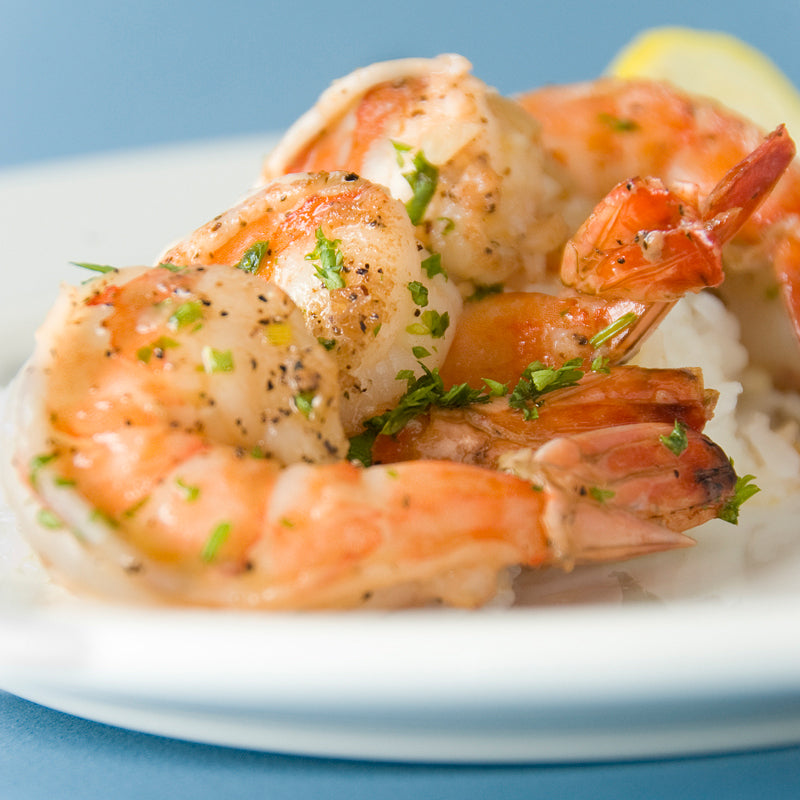Adrian Parkinson (www.adrianmarie.com) is a freelance food and lifestyle photographer based out of Utah. Her love for photography has pushed her in several directions, including portrait photography, which has combined in interesting ways with her photographs of people and the food they love.
ADRIAN'S PHILOSOPHY OF FOOD PHOTOGRAPHY
Adrian: "I believe in a simple, direct approach to food photography that captures its beauty and taste appeal. If someone sees my work and wants to eat the food captured in the images, I know I have been successful as a photographer.
"Like most people, food is a major part of my daily life. I love cooking, eating, and photographing food. I also love entertaining friends and family around the table. In college, whenever one of my good friends or I would come back from a weekend away, what we had to eat was always one of the first details we chose to share. Now whenever the same friends come into town, we always make a point to go out and try a new restaurant or bakery where we all share our orders and enjoy each other’s company.
ADRIAN'S BASIC COMPOSITION RULES
"Make sure the food is the star of the shoot. This may seem obvious, but it’s easy to let your styling get in the way of, or overpower the food. Work hard to create a focal point or a place where your eye will be drawn to first. Props, such as utensils and napkins, can help lead the eye to a certain part of the image, but be sure they are just background elements. As you can see from my photographs, I am a fan of a simple and timeless look. I generally stick to white dishes and steer away from trendy patterns or backdrops.
LIGHTING PREFERENCES FOR ADRIAN
"When I first started getting into food photography, I contacted several artists I admired and was surprised to learn that almost all of them use natural light. Food photography has drastically changed over the years, and today’s look is more natural than it used to be. Gone are the days of mashed potato ice cream and hot studio lights. One of the simplest ways to photograph food is to set your dish next to a window. Then prop up an inexpensive white foam core board adjacent to it as a fill card.
INVALUABLE LENSES FOR FOOD
"To be honest, I am still working on building my lens collection. Right now I shoot mainly with my Nikon 50mm f/1.8 and move myself around to get the shot. However, I have shot with a Nikon 85mm f/2.8D PC-E lens and love the focusing options that the tilt and shift provides. It’s definitely on my wish list!
"Truth be told though, I don’t think there is a "best lens" for photographing food or any other type of photography. It’s all about the situation and subject you are shooting. Factors such as distance from subject, perspective, and lighting can greatly influence your lens choice. Take the time to think your shoot through before saying, 'Oh, this is my food photo lens, so of course I will always shoot with this.'
ADVICE TO NEW FOOD PHOTOGRAPHERS
"Dive in and start shooting! Once you start getting consistent results, work with a small local restaurant to build your portfolio or look at working with a new chef trying to get into the industry. When I first started, I contacted a local culinary school and explained that I was trying to gain experience shooting food. They were happy to let me come in and photograph, and in exchange I offered digital images to the students."
Stay connected to Adrian: Website | Blog
RELATED ARTICLES
Water Drop Photography - Markus Reugels
Focus on Photographers - Jasmine Star
How Do I Learn Photography?




